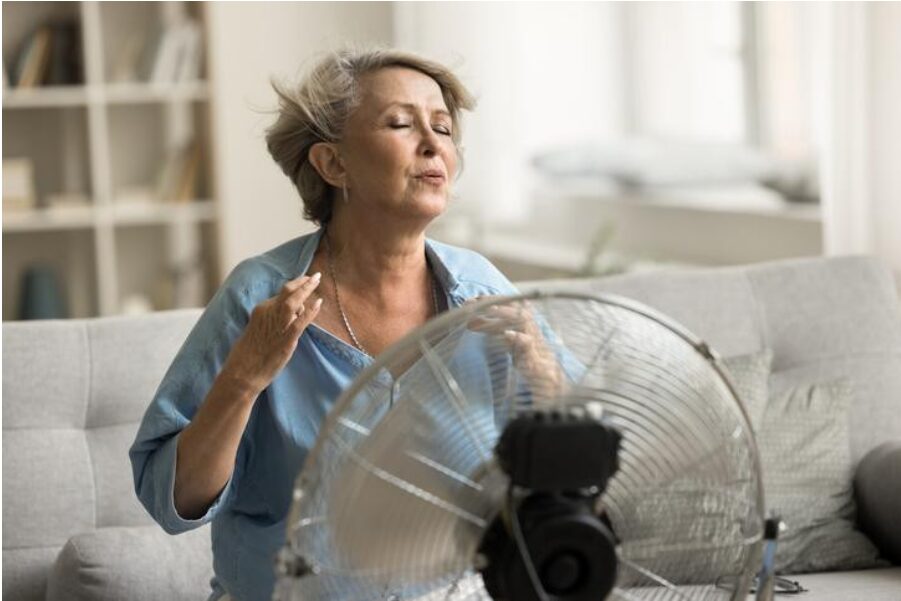Extreme heat is a silent yet deadly threat, particularly to older adults. As temperatures soar, the risk of heat-related illnesses and complications increases significantly. This article explores the dangers of extreme heat for older adults, provides essential knowledge, and offers practical steps to ensure their safety during heatwaves.
The Vulnerability of Older Adults to Extreme Heat
Physiological Changes
Older adults are more susceptible to heat-related illnesses due to several physiological changes that occur with age. These changes include:
- Reduced Sweat Production: The body’s ability to produce sweat, a natural cooling mechanism, diminishes with age.
- Decreased Blood Flow: Older adults often experience reduced blood flow to the skin, making it harder for the body to dissipate heat.
- Chronic Conditions: Many older adults have chronic health conditions such as heart disease, diabetes, and respiratory issues, which can exacerbate the effects of extreme heat.
Medications
Certain medications commonly taken by older adults can interfere with the body’s ability to regulate temperature. Diuretics, antihistamines, and some antidepressants can reduce the body’s ability to sweat or increase the risk of dehydration.
Recognizing the Signs of Heat-Related Illnesses
Heat Exhaustion
Heat exhaustion is a precursor to heatstroke and can occur when the body overheats. Symptoms include:
- Heavy sweating
- Weakness or fatigue
- Dizziness or lightheadedness
- Nausea or vomiting
- Cool, moist skin
- Rapid but weak pulse
- Muscle cramps
Heatstroke
Heatstroke is a severe and life-threatening condition that requires immediate medical attention. Symptoms include:
- High body temperature (above 103°F)
- Hot, dry skin (no sweating)
- Rapid, strong pulse
- Confusion or altered mental state
- Fainting or loss of consciousness
Practical Steps to Protect Older Adults
Stay Hydrated
Encourage older adults to drink plenty of fluids, especially water. Avoid beverages that can cause dehydration, such as alcohol and caffeine.
Keep Cool
Ensure that older adults have access to air conditioning or a cool environment. If air conditioning is not available, consider visiting a public place with air conditioning, such as a library or shopping mall.
Dress Appropriately
Wear lightweight, light-colored, and loose-fitting clothing. Avoid heavy or dark-colored fabrics that can absorb heat.
Limit Outdoor Activities
Minimize outdoor activities during the hottest parts of the day, typically between 10 a.m. and 4 p.m. If outdoor activities are necessary, take frequent breaks in the shade and stay hydrated.
Check on Loved Ones
Regularly check on older adults, especially those living alone. Ensure they have access to necessary resources and are staying cool and hydrated.
Use Cooling Devices
Consider using cooling devices such as fans, air conditioners, or cooling wraps. These can help lower body temperature and provide relief from the heat.
Emergency Preparedness
Create a Plan
Develop a plan for extreme heat events, including identifying cool places to go and having a list of emergency contacts.
Know the Symptoms
Be aware of the symptoms of heat-related illnesses and know when to seek medical help. Immediate action can prevent complications and save lives.
Stay Informed
Stay updated on weather forecasts and heat advisories. Local news and weather channels often provide important information and safety tips during heatwaves.
Extreme heat poses a significant risk to older adults, but with proper knowledge and preparation, these risks can be mitigated. By understanding the physiological changes that make older adults more vulnerable, recognizing the signs of heat-related illnesses, and taking practical steps to stay cool and hydrated, we can protect our loved ones during heatwaves. Stay vigilant, stay informed, and take action to ensure the safety and well-being of older adults in our communities.


